Mar 07,2024
Carra repagula, also known as coach bolts, stand out in the realm of fasteners due to their unique design and specific applications. Differentiating them from other types of bolts involves considering their key features and best use cases.
Capitis Design:
Carra repagula have a distinctive round head, typically featuring a square neck beneath it. This square neck prevents the bolt from rotating during installation, making it easier to tighten the accompanying nut.


Collum quadratum:
One of the most defining features of carriage bolts is the square neck directly beneath the head. This square section fits into a square hole in the material being fastened, preventing the bolt from turning as the nut is tightened.
Caput teres rotundum;
Unlike hex bolts with six-sided heads, carriage bolts have smooth, rounded heads. This design not only provides a sleek and finished appearance but also reduces the risk of snagging on clothing or materials.
Applicationes:
Carriage bolts are commonly used in wood-to-wood fastening applications. Caput teres et collum quadrangulum formas faciunt ad operas in quibus subtiliter perficiendum et resistendum gyrationis crucialae sunt, ut in structuris ligneis, transtris et supellectile conventus.
Institutionem:
Installing carriage bolts involves inserting them through pre-drilled holes in the materials to be joined and securing them with nuts. The square neck ensures that the bolt remains in place during tightening, simplifying the installation process.
Alterna clutis:
Compared to hex bolts or other fasteners, carriage bolts are not suited for every application. Hex bolts, for instance, may be preferred in situations where a lower profile head is necessary or where the square neck is not advantageous.
Aesthetic Considerationes:
Carriage bolts are often chosen for their aesthetic appeal in visible applications. The smooth head and rounded design contribute to a polished look, making them popular in projects where appearance matters.

 English
English 中文简体
中文简体 Español
Español русский
русский







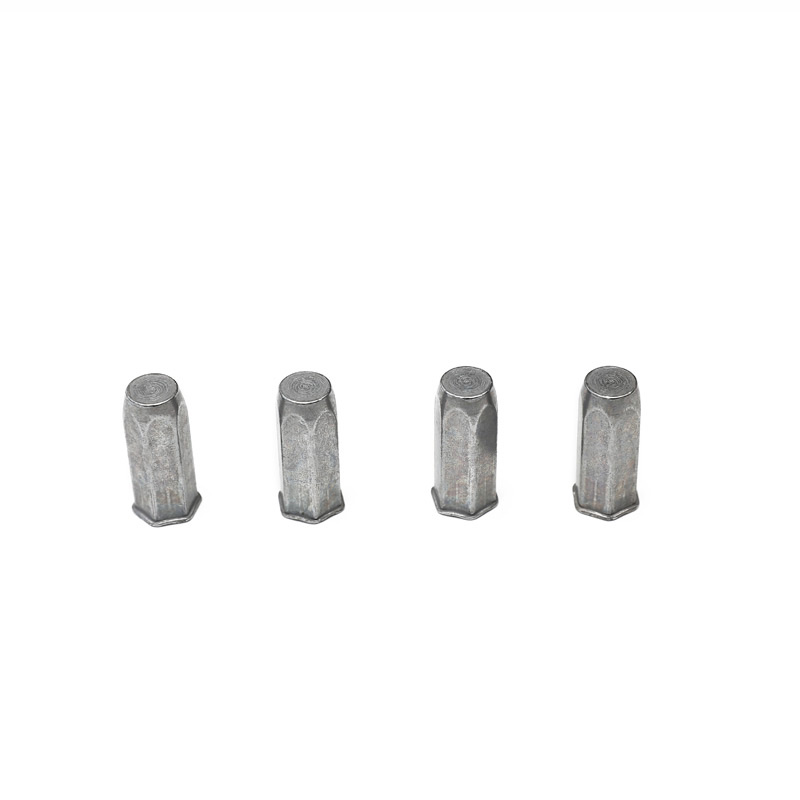

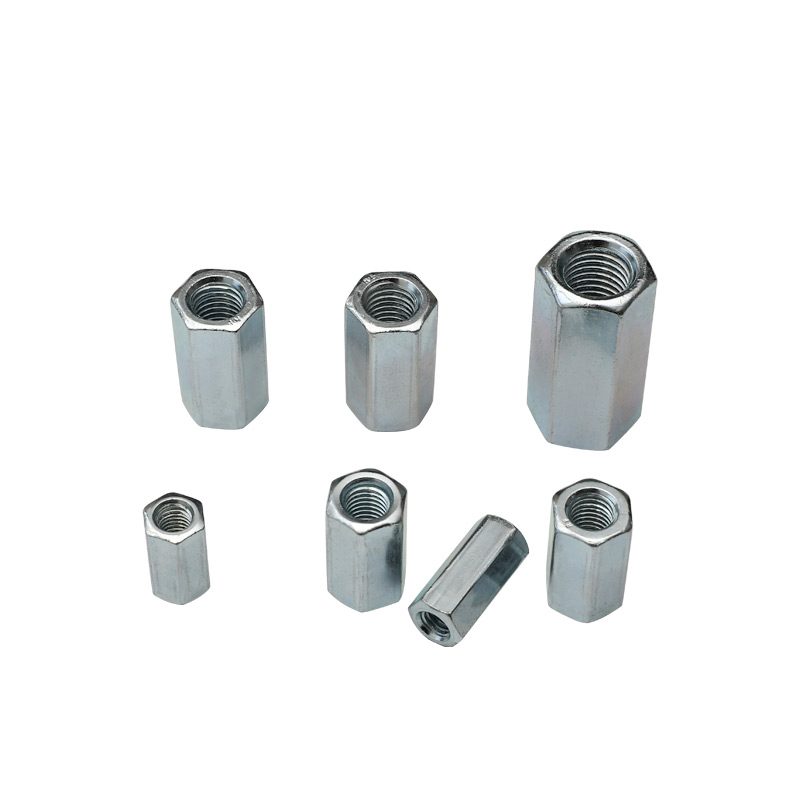
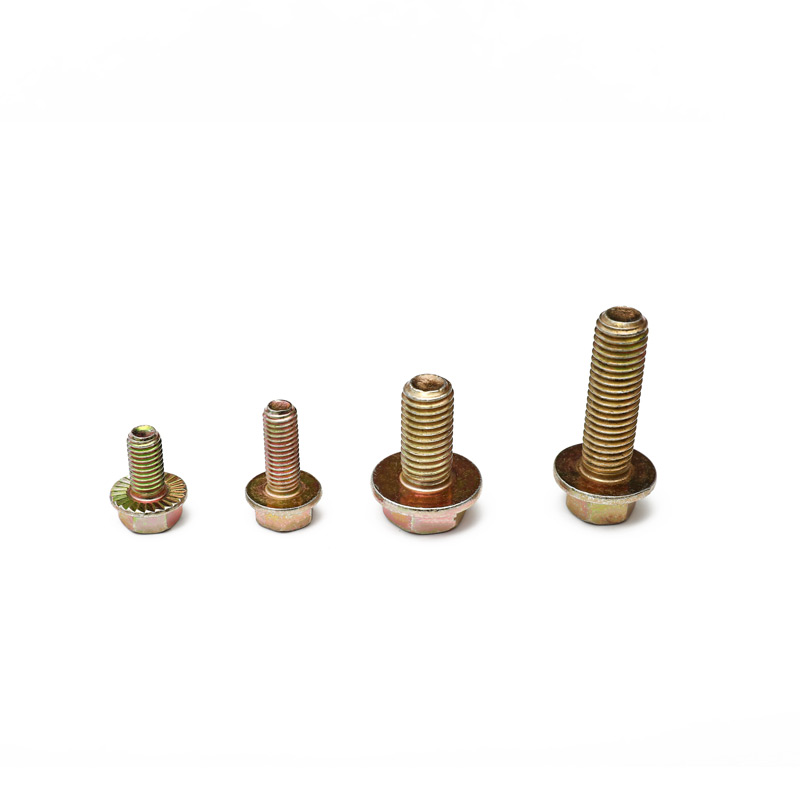
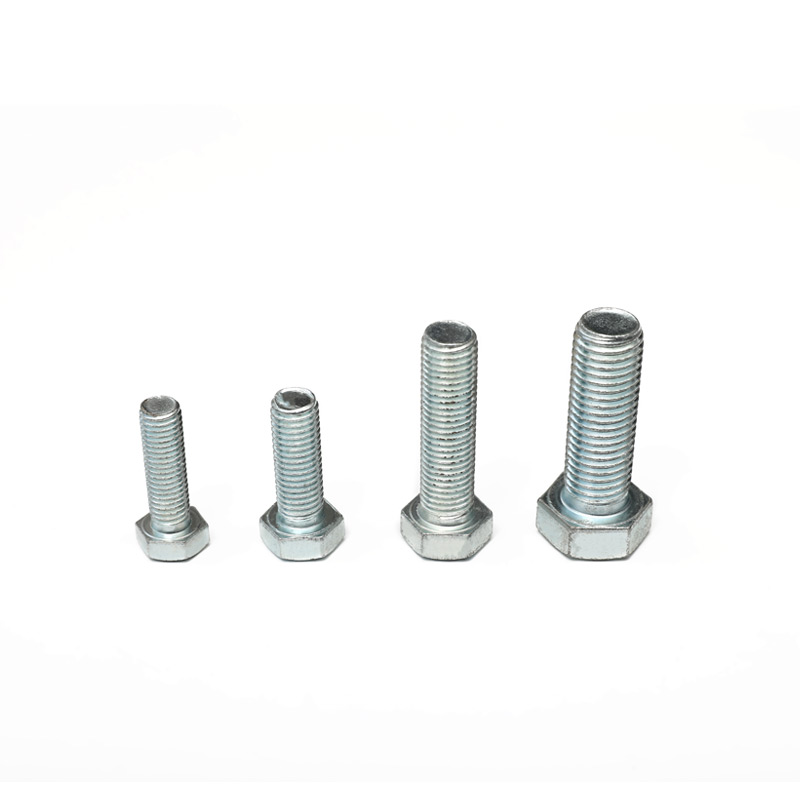
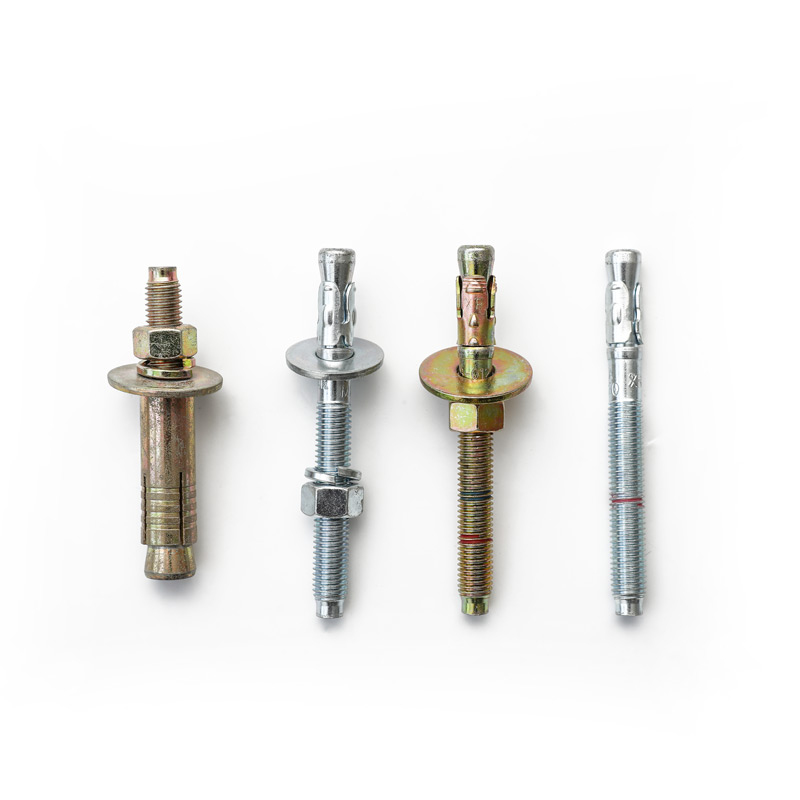


 Stock Code: 000906
Stock Code: 000906